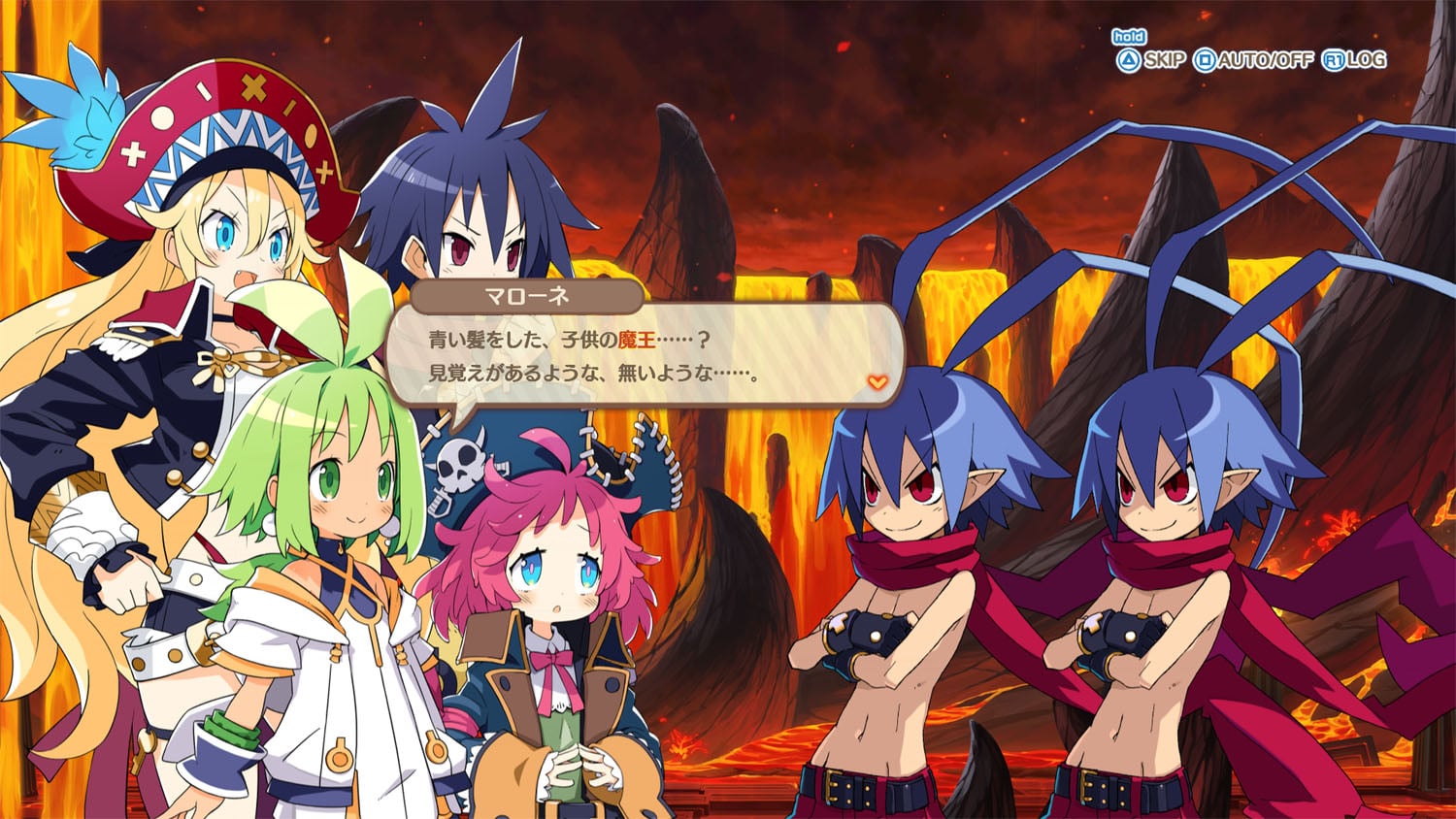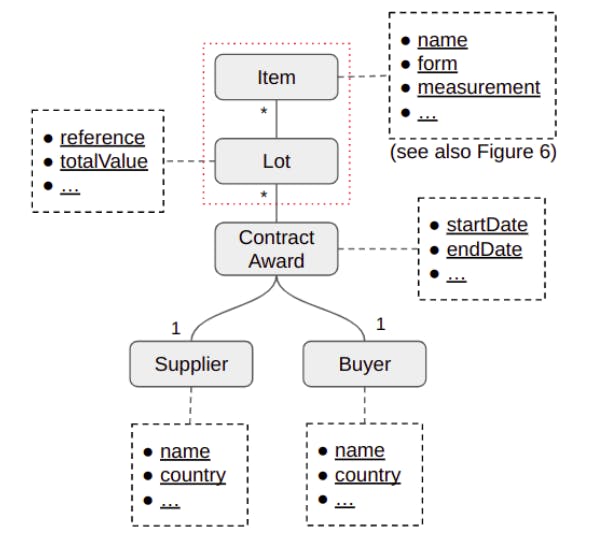There are many images that define Stanley Kubrick’s A Clockwork Orange. One of them is, without a doubt, the torture applied to Alex. The protagonist, with his eyelids trapped, tirelessly visualizes images of “ultraviolence.” The result is automatic, when he has to face a new violent situation, all those images make him unable to act.
Something similar is what Elon Musk aspires to with his electric cars. With different results, we imagine. The CEO of Tesla has insisted on dedicate all your resources in carrying out autonomous driving about which there are many doubts. The promise is to manufacture its robotaxis in 2026 and finally deliver this service completely to its customers.
To achieve this, he says, cars will be able to act completely autonomously without the help of sensors or radars. Musk trusts artificial intelligence so that his vehicles are capable of interpreting how they should behave in each situation, taking humans as a reference.
“It’s like living millions of lives simultaneously and seeing very unusual situations that a person would not see in their entire life,” Elon Musk said at the presentation of his robotaxi a few weeks ago.
Learning from humans
In 2022, Tesla made a risky decision: remove all sensors and radars from cars. They assured, then, that with the operation of the cameras and what was recorded in them, the software would be able to give the correct response on how to act on the vehicle.
The decision also carried other evidence: a cost savings. For years now, LiDAR radars have been considered to be the ones that offer the most guarantees when it comes to autonomous driving.
The biggest problem for manufacturers is that LiDAR sensors are very expensive. Dispensing with them and handing over their functions to other types of sensors and radars already greatly reduces costs during production and, therefore, the final product. Skipping the use of all of the above multiplies that savings.
However, some studies show that there are clear differences between cars that do and those that do not use sensors or radars in their autonomous driving or driver assistance systems. In emergency situations, especially at night, studies like the IIHS (Insurance Institute for Highway Safetyfor its acronym in English) are clear that the most complete combination is the use of cameras and radars.
These conclusions were reaffirmed in a report by The Wall Street Journal. According to their data, Tesla vehicles could collide with “clearly visible objects.” Then, the newspaper specified that if the car encountered a unknown situation For this reason, the vehicle did not know how to act because it did not have the safety net provided by those auxiliary systems such as radars and sensors.
All of this is what Elon Musk wants to solve by training an artificial intelligence model that presents combinations in a number that for a human would be infinite. According to the CEO of Tesla, all the images recorded by the vehicles are presented to the computer and, with the drivers’ own reactions, the vehicle will be able to make the correct decision.
It is about giving the car the ability to anticipate the result that the action taken will have, taking the most similar case possible as an example. That is, like Alex in A Clockwork Orange, the car “remember” all the images shown but in this case he knows how to act and is not paralyzed as happened to Malcolm McDowell in Kubrick’s film.
In The Wall Street JournalHowever, they question the success of this strategy and remember that Musk has been characterized by unfulfilled promises year after year. The media is not the only one that has expressed its doubts about the future of the company and its campaign in total autonomous driving, the shareholders have also been very doubtful that all this can be carried out, as has also been reported. Reuters.
While some analysts are sending extremely positive messages about the company’s future, the industry seems to be moving in the opposite direction to that of Elon Musk and Tesla.
Tasha Keeney, director of investment analysis at ARK, is betting on an economic explosion from the company’s autonomous driving. They collect in The Wall Street Journal which in one of its analyzes quantifies the robotaxis service at 90% of the company’s value and 60% of revenues by 2029. By then, the company, Keeney says, will be worth 800 billion dollars ten times above the current value.
Not everyone is so optimistic. The American media collects the opinion of Timothy B. Lee, a computer scientist who writes the newsletter Understanding AI. In it he explains that Waymo or Cruise, who currently operate autonomous cars in San Francisco, have created their systems by putting humans behind the wheel of the cars and intervening when the vehicle detects an error. All these errors are sent to a group of engineers who use the data to build new software and fix possible errors.
The system is more cumbersome and expensive but Lee says it is much more reliable. What Elon Musk intends is to use the data from the millions of cars he has circulating with Autopilot o Full Self Driving (FSD) on the street. These are the two autonomous driving systems (the second is the most advanced and capable) and they continue to require human attention, something that the company has argued in various lawsuits and remembers on its website even though its name suggests otherwise.
This is also what Andrej Karpathy, co-founder of OpenAI and head of artificial intelligence at Tesla between 2017 and 2022, assures. In his opinion, the company’s software allows it to recreate maps of the environment very similar to what Waymo does with a smaller investment than the Google company.
They are two completely different paths that should end in the same place: full autonomous driving. However, precedents say that technology has cost various companies billions of dollars and that, for the moment, their business remains very limited.

Musk’s promises go even further. According to the CEO of Tesla, this completely autonomous driving software should reach the vast majority of cars on the market with a simple update. The system should be able to be used in vehicles mounted on HW3, the last platform it had put on the road. However, Musk himself has already begun to express his doubts about whether he will be able to comply with this or will it only be cars with HW4 that support this artificial intelligence necessary for total autonomous driving.
Everything indicates that Tesla wants skip deadlines and stages taking advantage of the videos recorded by the millions of cars it has on the street. The great challenge is to create an artificial intelligence that is capable of discriminating the correct behavior in each case and, subsequently, making it accessible to the hardware that mounts a vehicle on the street.
If you achieve this, you will be able to do without very expensive elements that make the final product more expensive. But the background is not too optimistic.
Photo | Bram Van Oost
In WorldOfSoftware | Tesla has skyrocketed its revenue. And he has done it by finding gold outside of car sales











